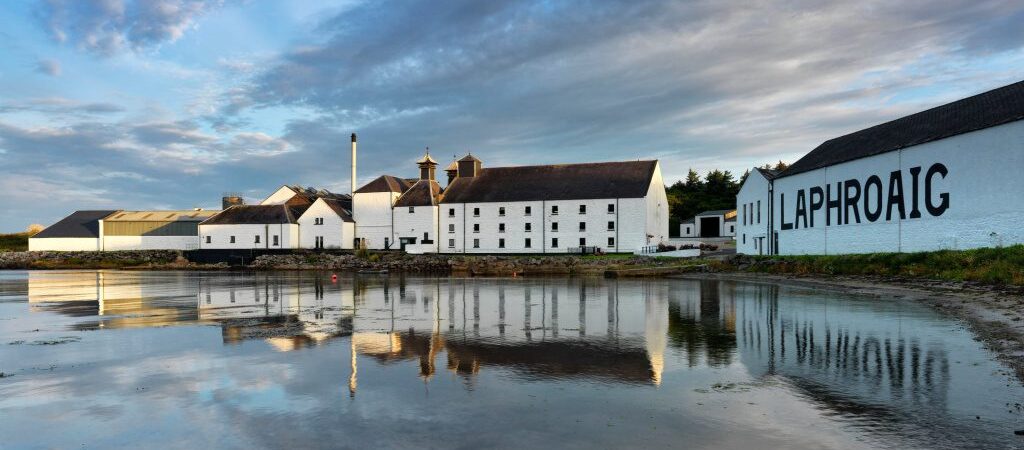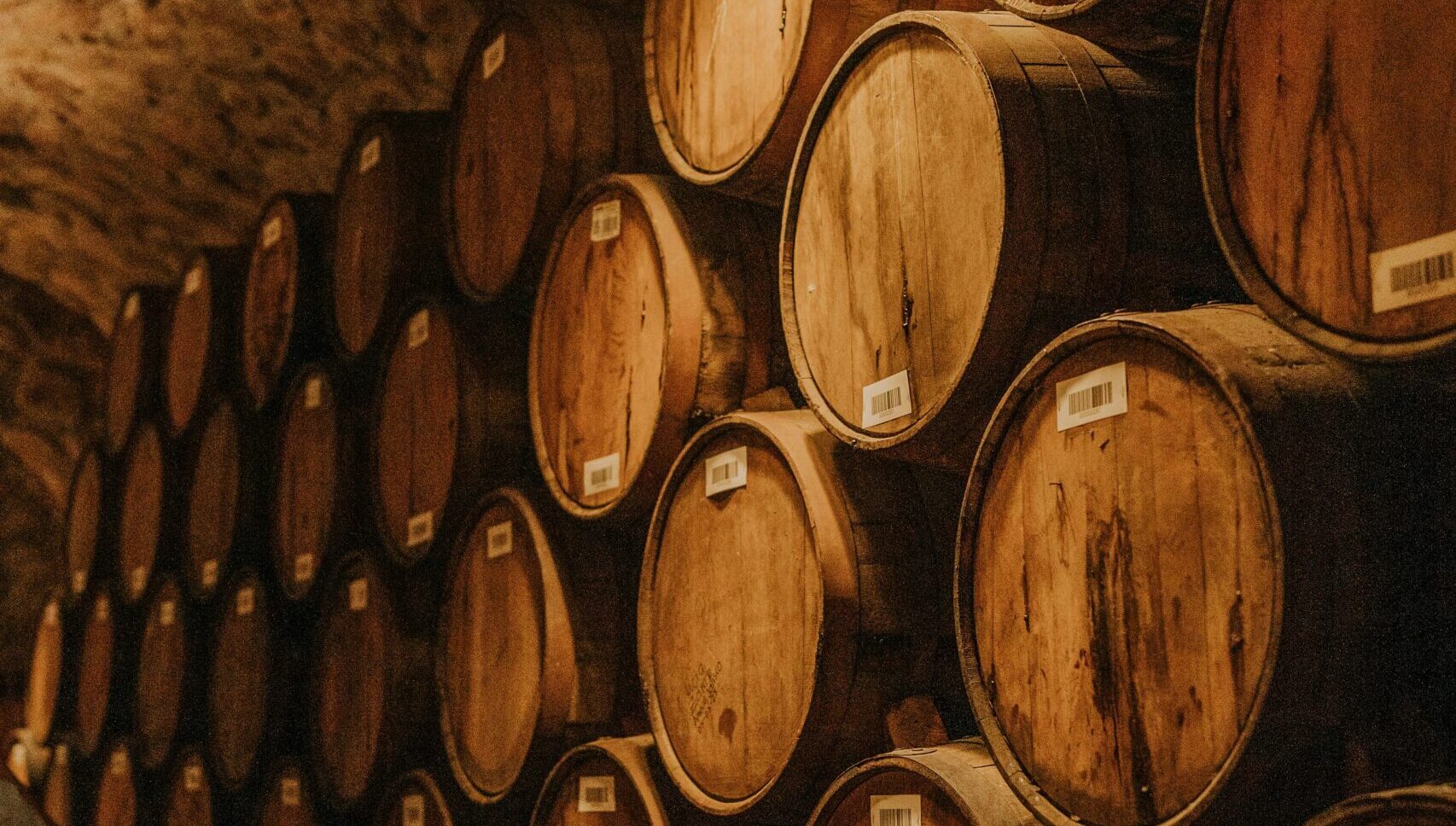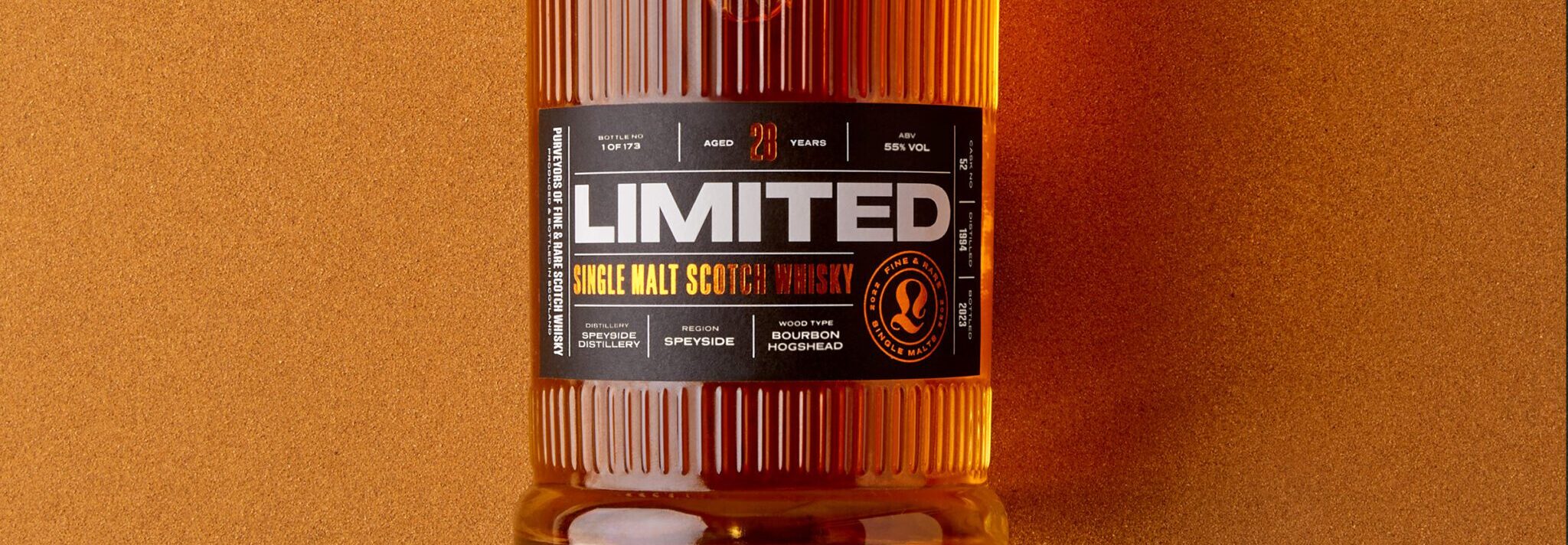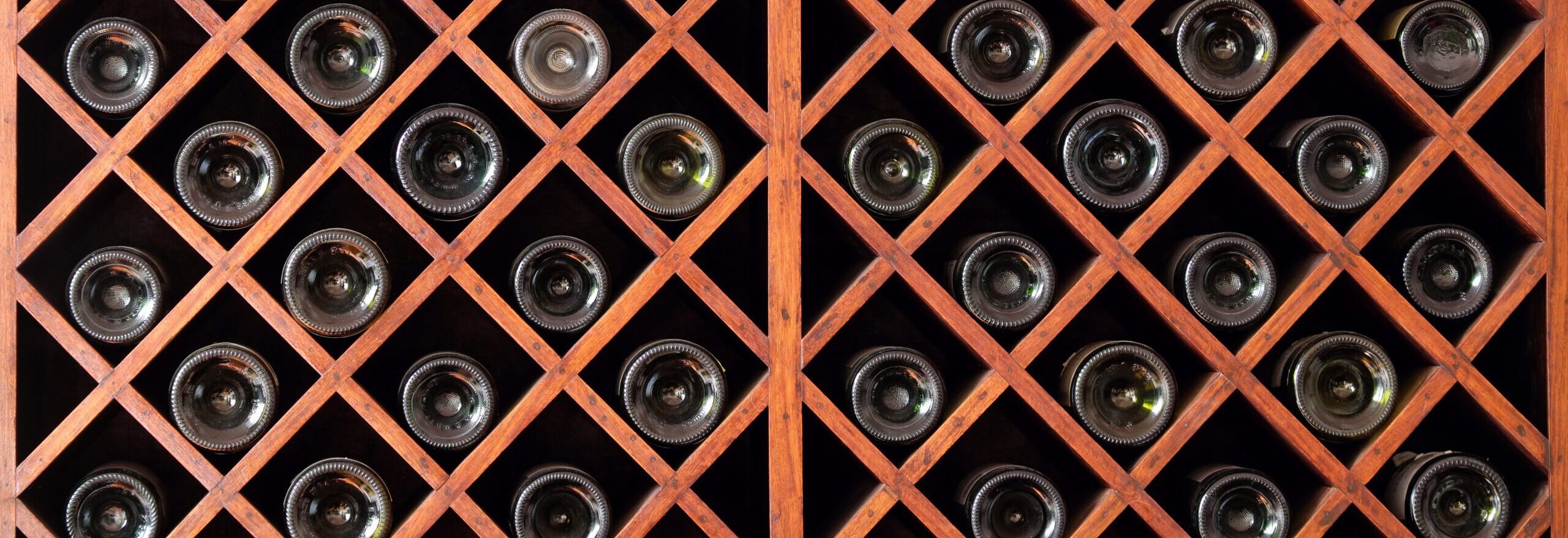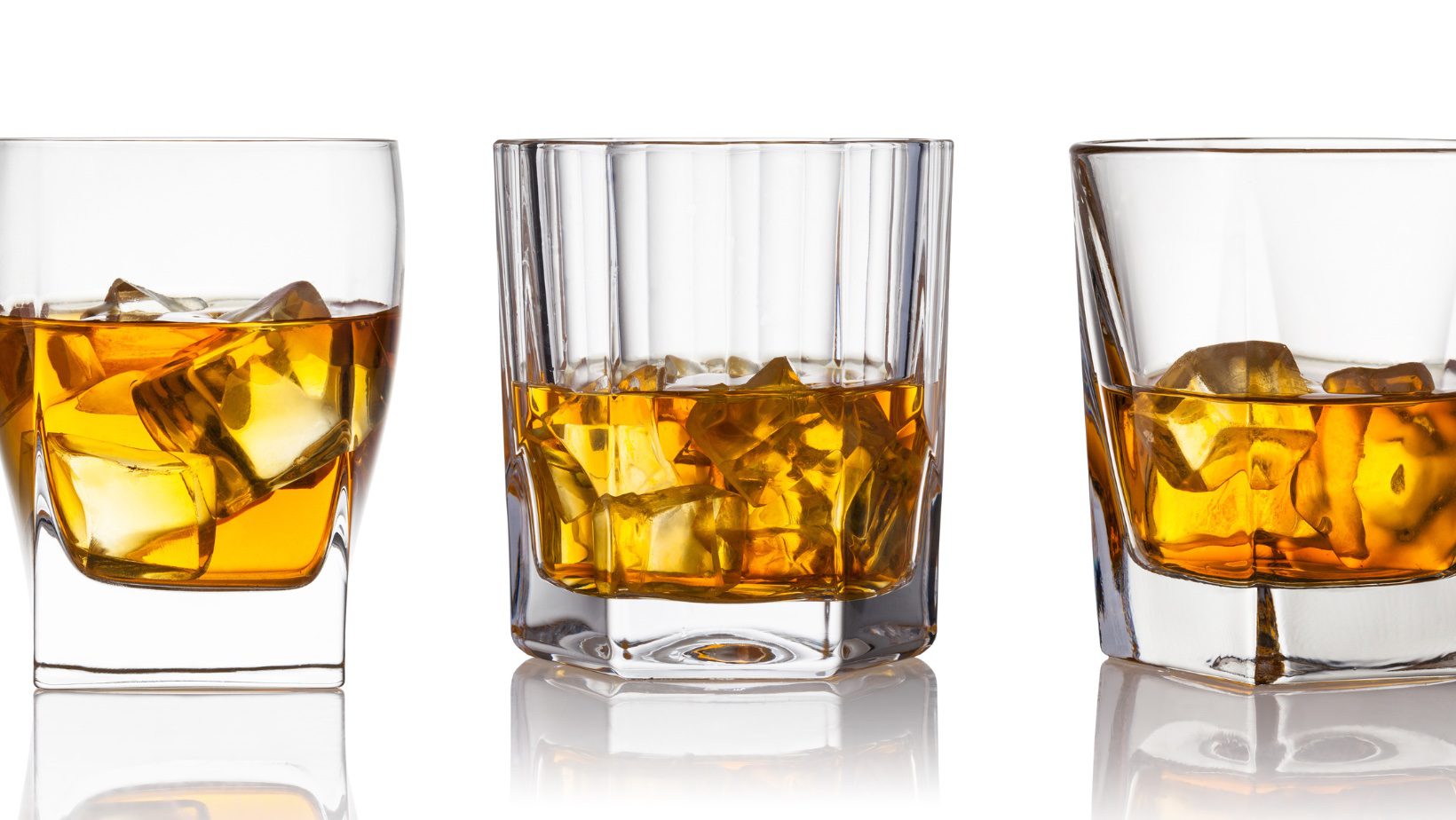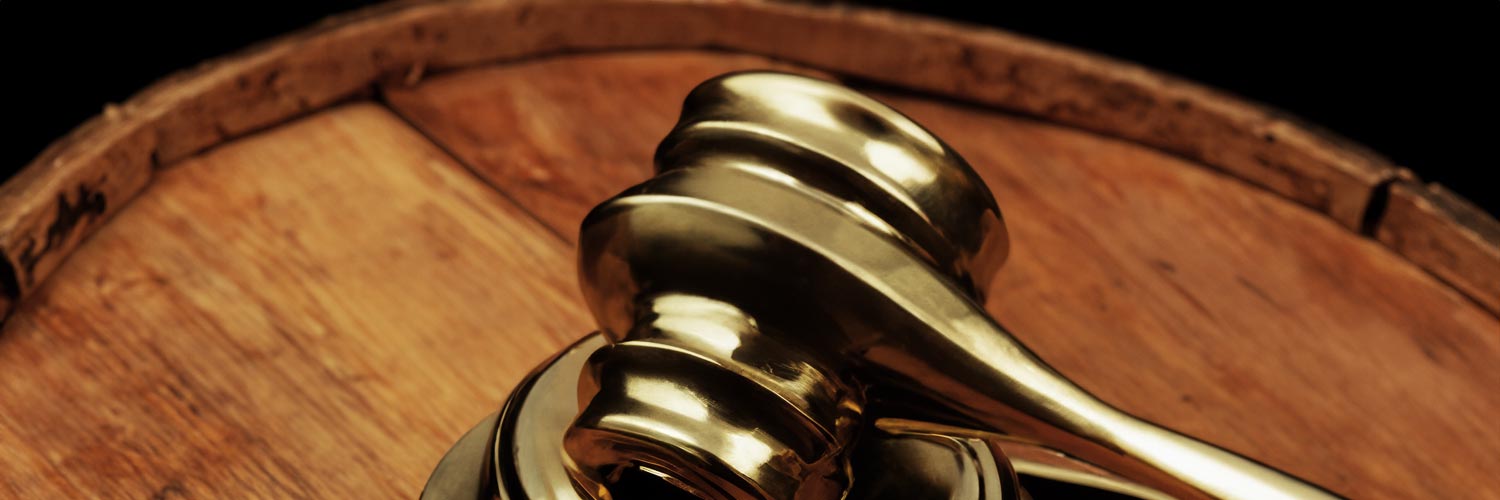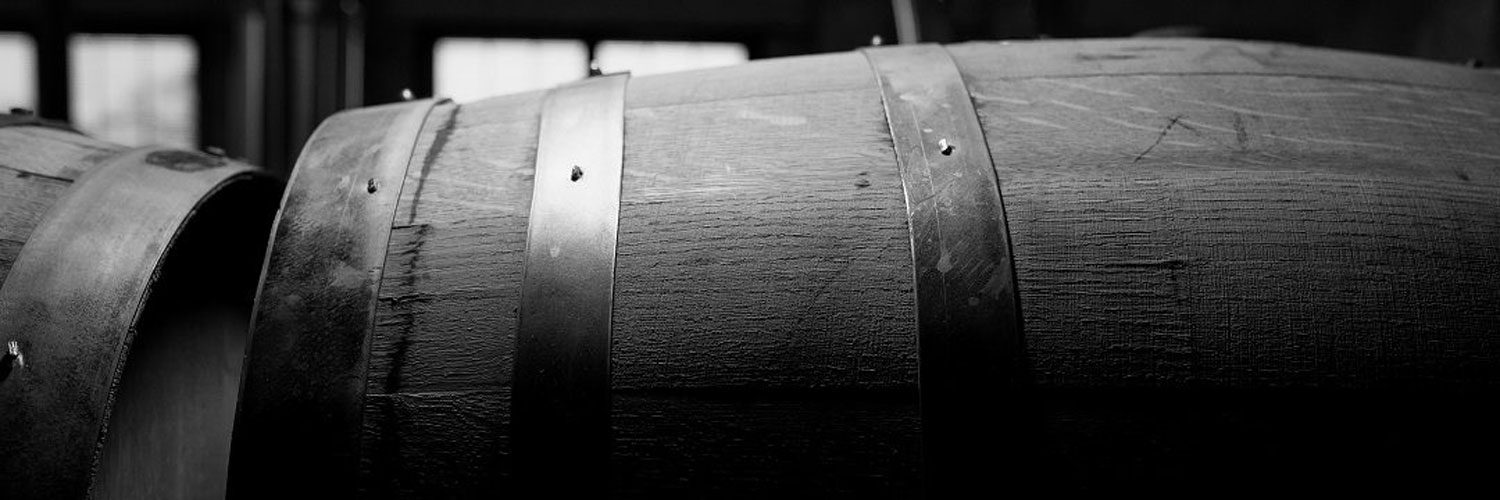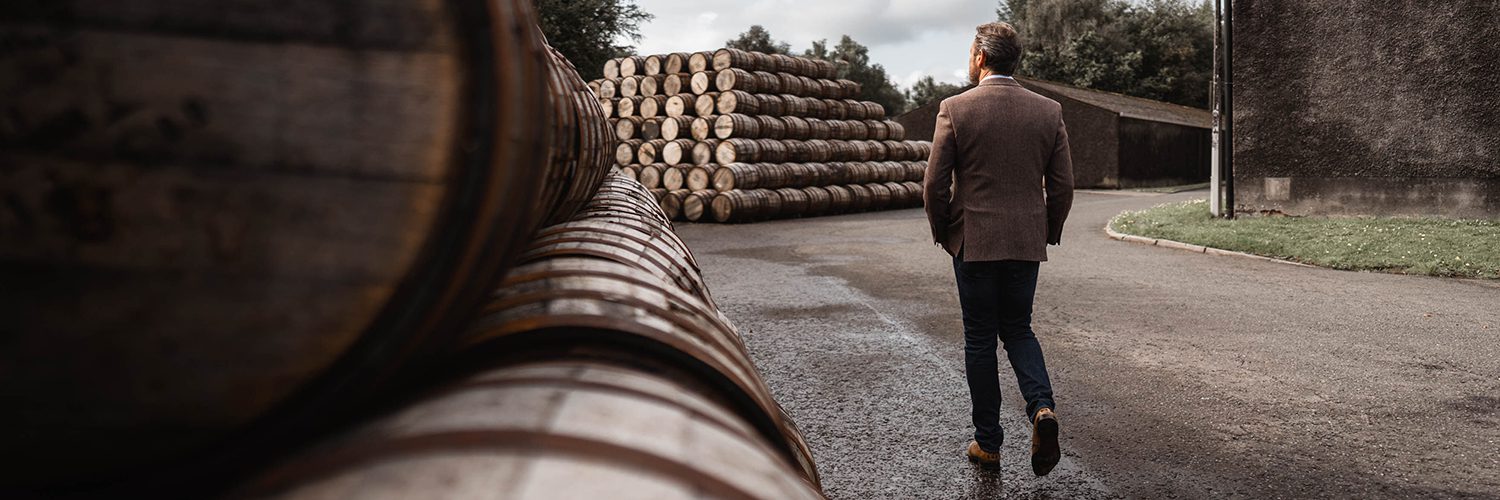If you’re looking to own a whisky cask, it certainly pays (literally) to know what the difference is between all of the different types of cask. So here’s our guide:
 Learn
Learn
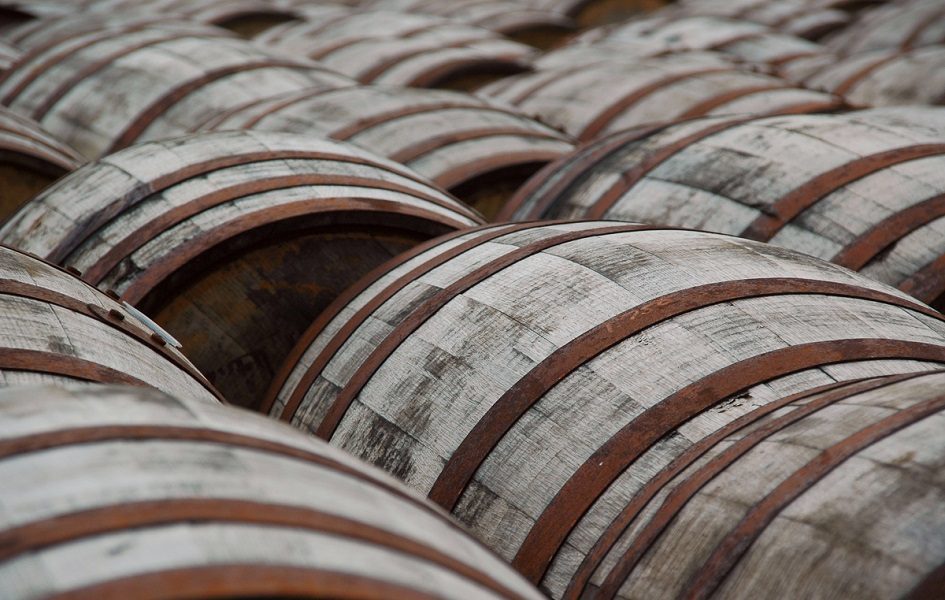
Historically, Bourbon casks have always been popular for ageing Scotch whisky because they’ve been generally more available. This is because Bourbon has to be aged in new casks only – it’s actually the law – so after one usage, the cask can’t be used for that anymore, leaving it open to be used for Scotch. Because of this convenience, the classic sweet and fruity flavours of Bourbon cask-aged whisky are very familiar to us all.
Sherry casks are typically around 500 litres and made from American oak and have usually been seasoned with wine before they were used for sherry. There can often be around 10 litres of sherry still in the cask after use because it soaks into the oak, which has a big impact on the Scotch. They are a very popular cask, but can also be very costly. Casks used for all the main styles of Sherry are used for ageing Whisky and they can add notes of chocolate, orange and dried fruits to the flavour.
Casks that were previously used for port are excellent for adding richness and dryness to the Scotch. Ageing Scotch in a port cask also adds smoothness and there’s a wide variety of flavours depending on the type of port that had been in there before, including plum, blackberry, sultanas, redcurrant, dried apple, oak and cranberry.
There’s nothing exactly exotic about the locations of Scotch whisky’s most famous distilleries, but you can still get that tropical flavour to the finished product by ageing it in rum casks. These have been growing in popularity in recent years and add a real essence of fruits and spices with flavours like vanilla, cinnamon and tropical fruit coming through.
Both red and white wine casks can be used for Scotch and the flavours can vary depending on the colour of wine. Red wine casks tend to add dryness and fruity notes because of the tannin, while white wine casks usually add a butteriness and grassy flavour to the Scotch. Wine casks are usually made from French oak and wine casks are still not very widely used apart from for limited-edition releases.
There are two distinct types of oak barrel used for Double Oak casks. One is a regular Bourbon barrel that’s been toasted and charred normally, while the second is more heavily toasted and lightly charred, which allows more of the cask wood sugars to caramelise. This gives the Whisky sweet hints of vanilla.
A Hogshead cask is a unique type of reconstructed cask with extra staves and new ends and is the second-most common type of cask used for maturing Scotch. Hogsheads are usually better suited to long-term maturation due to their size because that allows more whisky to be matured in a warehouse, instead of lots of smaller casks.
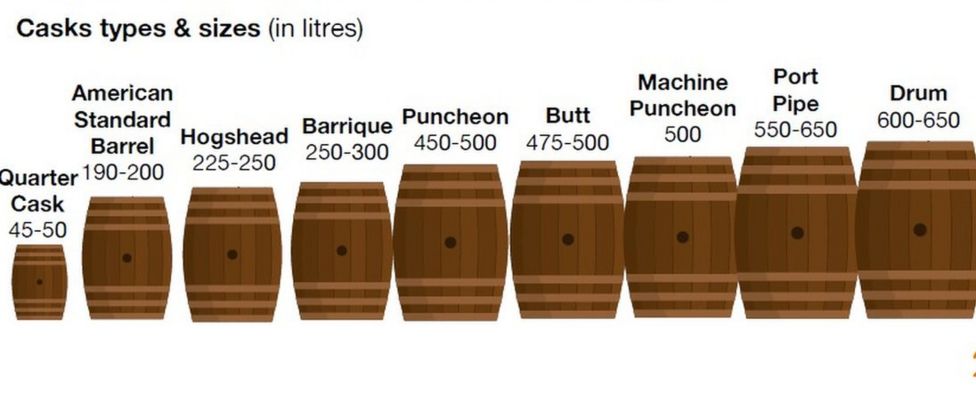
The cask itself is one of the most important aspects of creating whisky and the size of the cask plays a pivotal role in cask maturation. Whisky casks come in an array of different sizes.
Here is a comprehensive list of the whisky sizes available ranked in volume order:
• Quarter Cask (45-50 litres)
• American Standard Barrel (190-200 litres)
• Hogshead (225-250 litres)
• Barrique (250-300 litres)
• Puncheon (450-500 litres)
• Butt (475-500 litres)
• Machine Puncheon (500 litres)
• Port Pipe (550-650 litres)
• Drum (600-650 litres)
The smaller casks have a shorter maturation period while the larger casks have a longer maturation period. This is all down to the spirit-to-wood ratio.
To learn more about Whisky Cask ownership with our FREE Guide, contact our dedicated Portfolio Managers. Alternatively, you can see current stock levels and manage your portfolio by logging into the online portal by clicking here. Our portal is now also available on mobile with dedicated apps for both iOS and Android.



